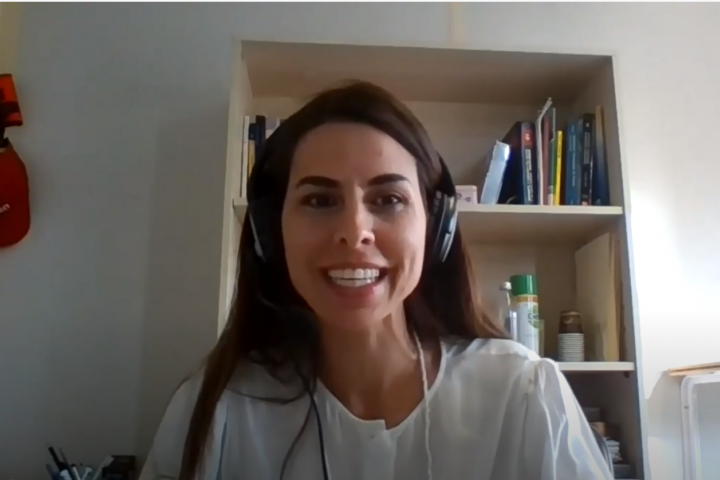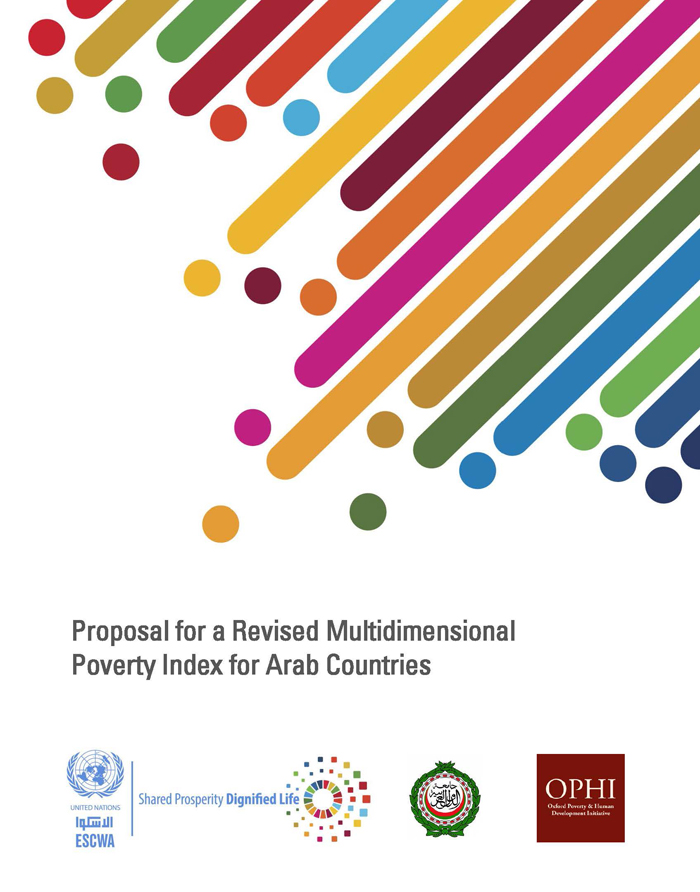In developing countries, household income or expenditure surveys are usually conducted every three or five years, but the periods vary between countries. Household survey questionnaires can vary and similar surveys may not be completely comparable due to differences in survey sampling methods. These problems have become less prevalent, as survey methods are improving and have become more standardized than before, but it is still difficult to achieve accurate comparability. To overcome some of these problems, ESCWA works on:
• Internationally comparable poverty lines are useful for comparison. However, the poverty line in for analyzing poverty in a particular country must reflect its economic and social conditions, and it may also need to be modified over time to suit a different reality, if there is a difference in prices or access to goods and services. Therefore, ESCWA has developed a method to address these gaps (Both parametric and non-parametric models)
• Growth in national accounts (GDP, PCE) is one of the best measures for projecting growth in average income in surveys. How much growth of national accounts is reflected in surveys? What is the ratio? Usually for developed countries and countries using expenditure surveys, the ratio can be just under 1. For developing and non-developed countries, this ratio is lower as surveys are more prone to measurement errors. ESCWA has developed several regression and clustering models to solve this problem and calculate the ratio for each country, thus predicting the average income of each country in the future.
• Finally, in order to answer the question of how the distribution of income has changed from one country to another and over time, ESCWA has developed the tools necessary to account for these changes
ESCWA is currently working on developing a tool that provides an answer to all the above-mentioned questions and enables the user to predict measures of monetary poverty. The user of this tool will benefit:
• Better understanding of theoretical concepts
• Better understanding of results and sensitivity of each of the contributing factors to money-metric poverty
• Nowcasting and forecasts beyond 2020
• Several methodological frameworks will be presented, and they will be able to pick whichever they prefer
Poverty can be calculated based only on aggregate data and there is no need for data at the micro level

